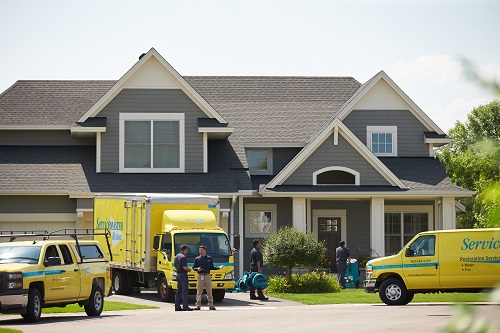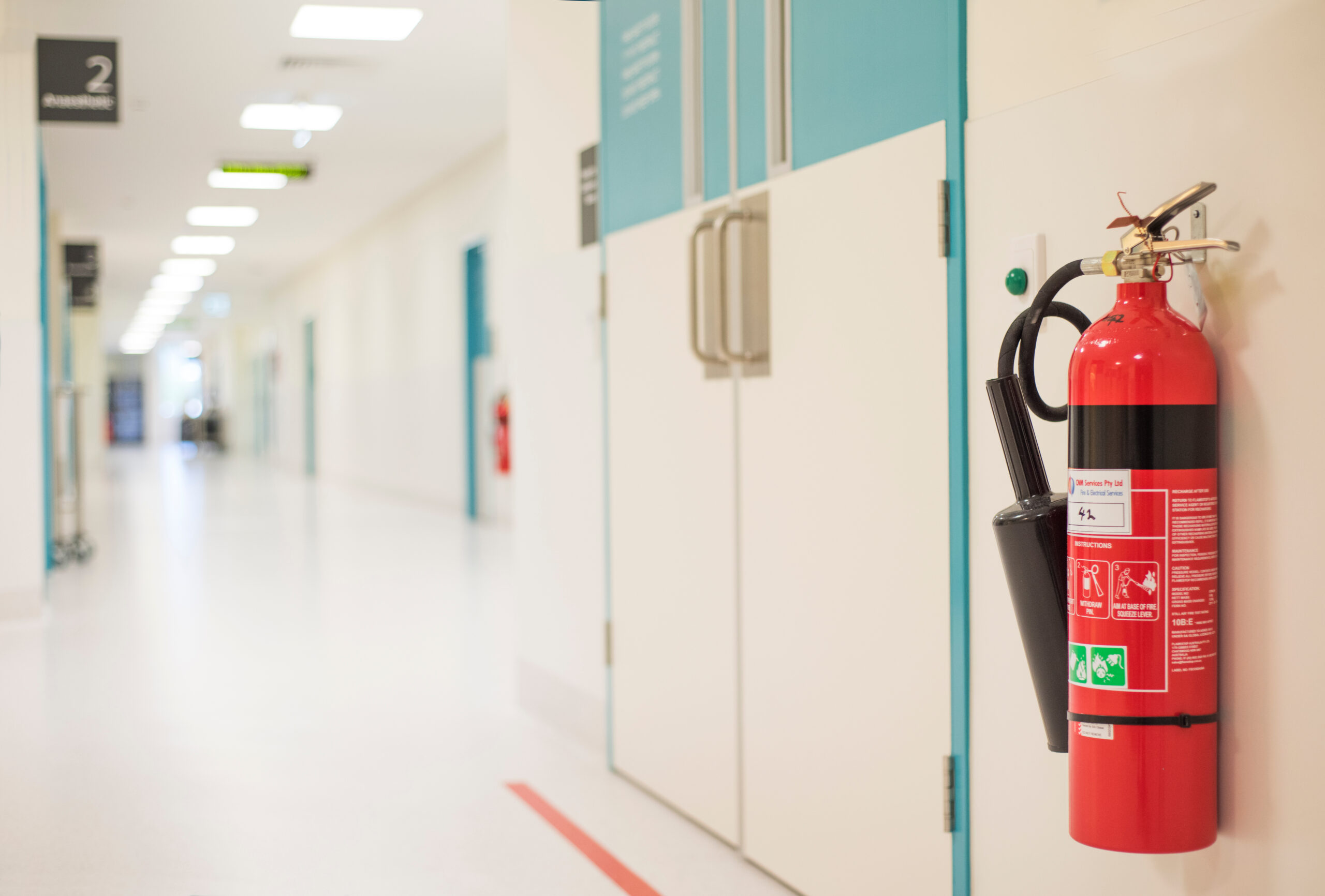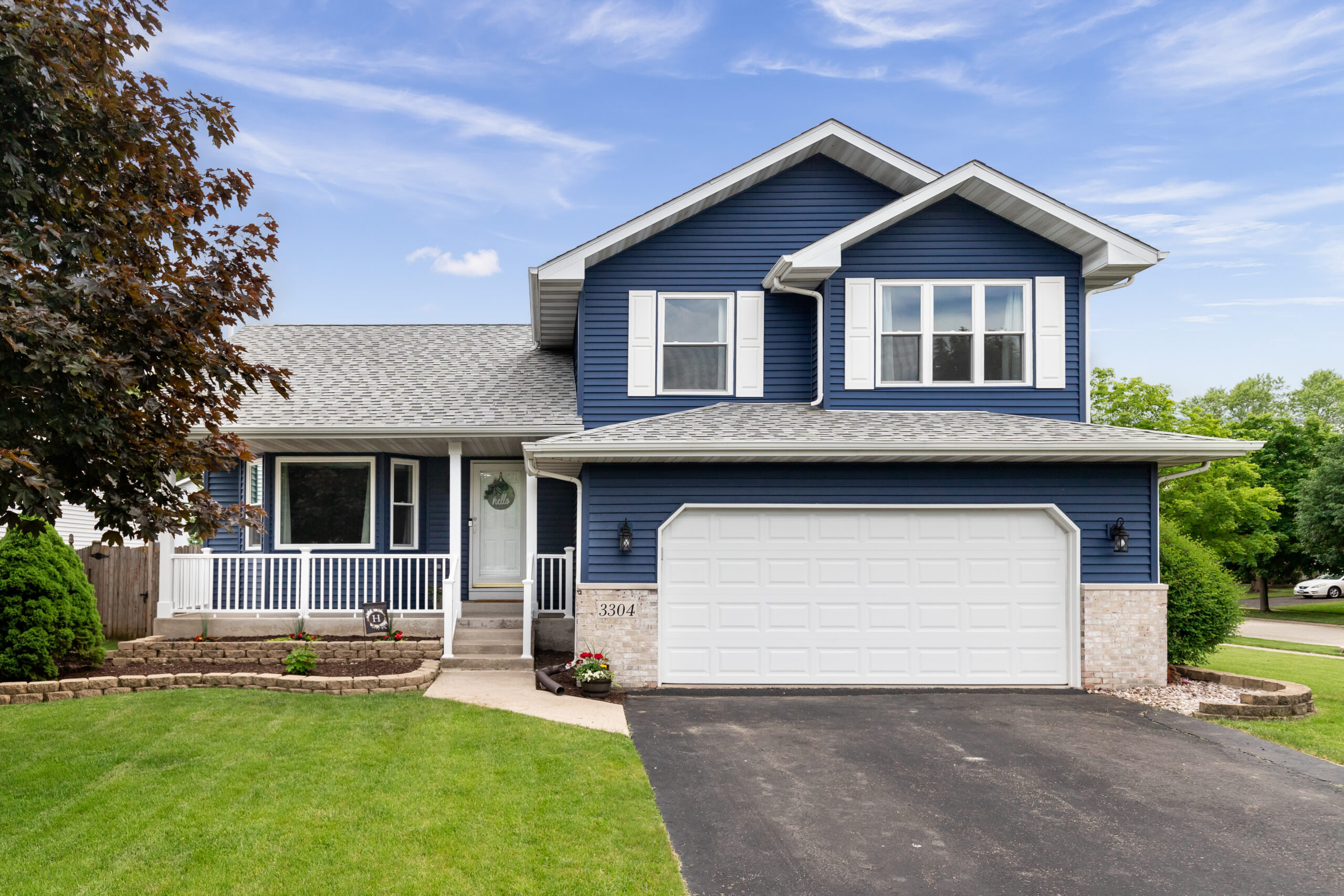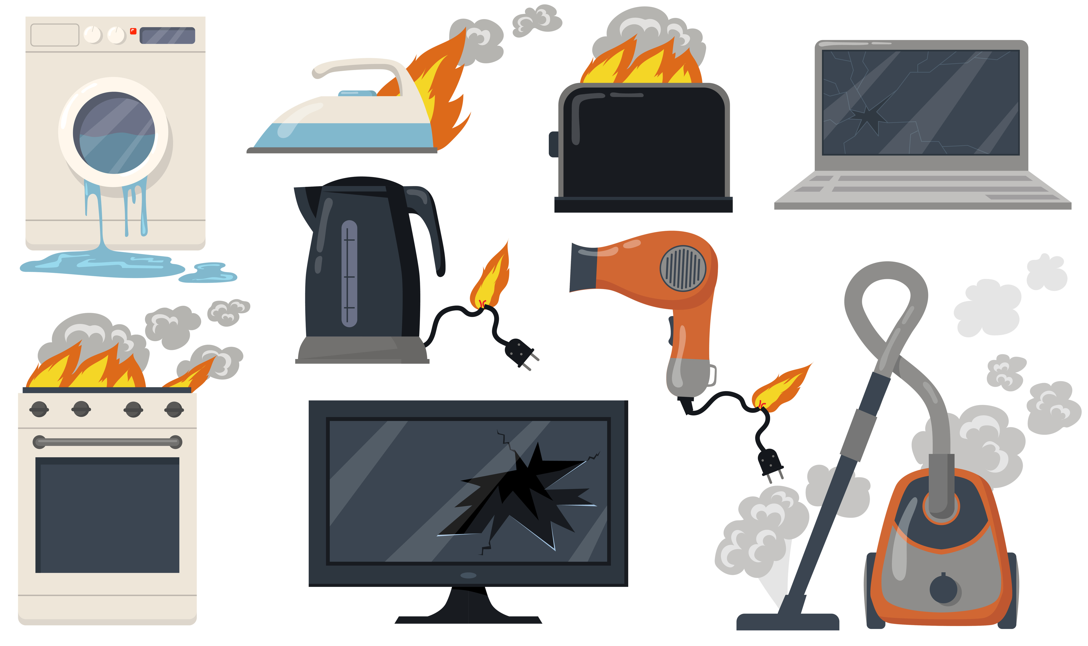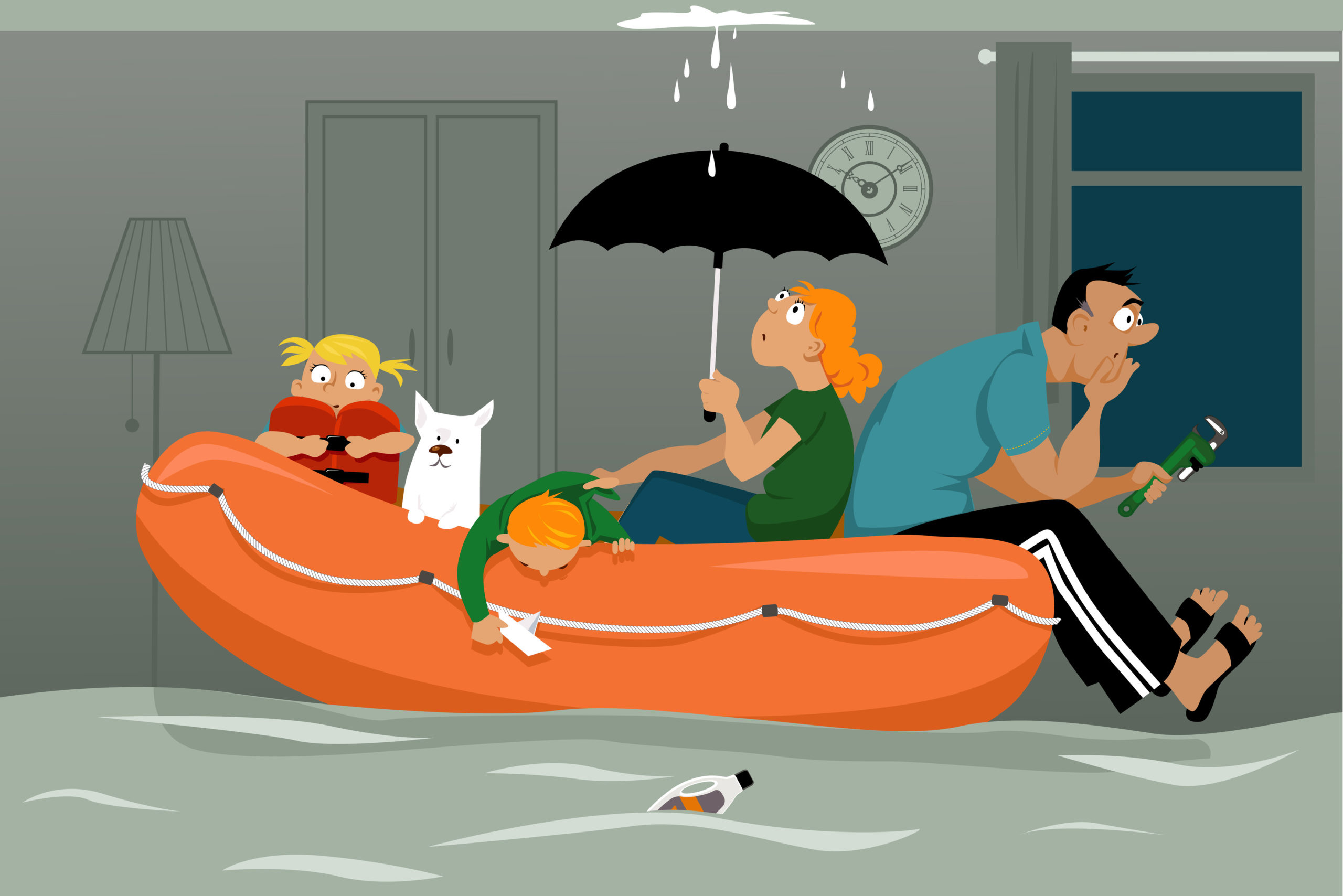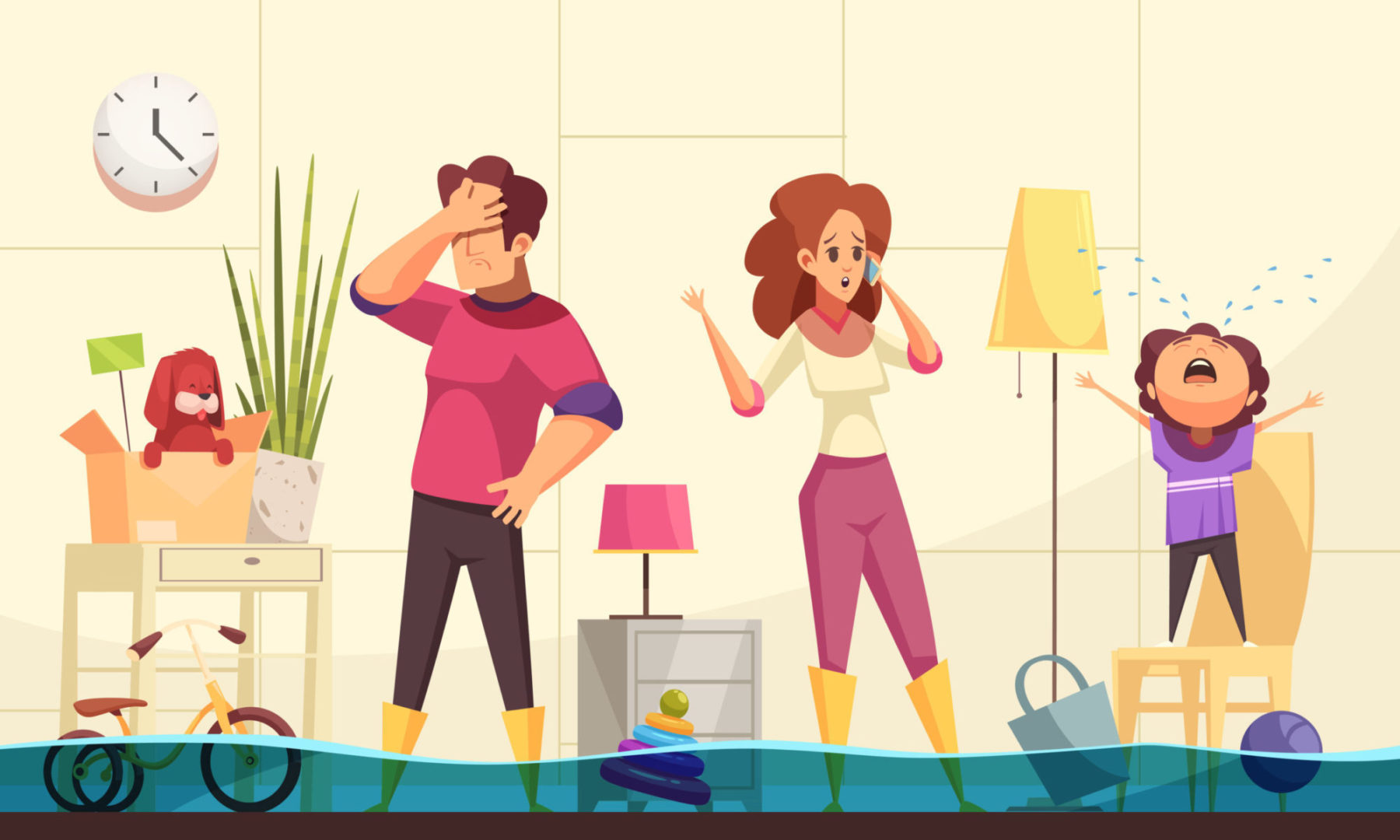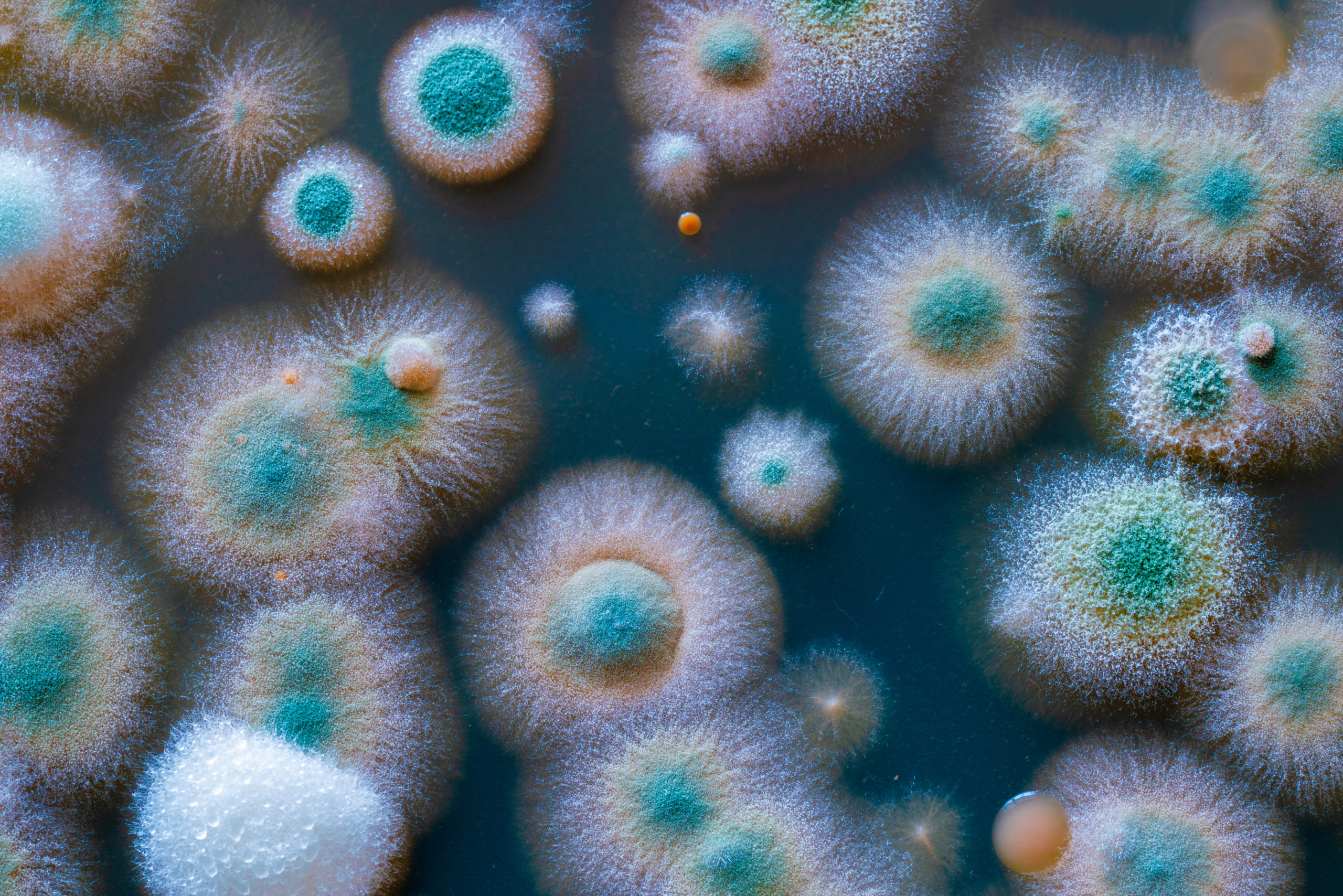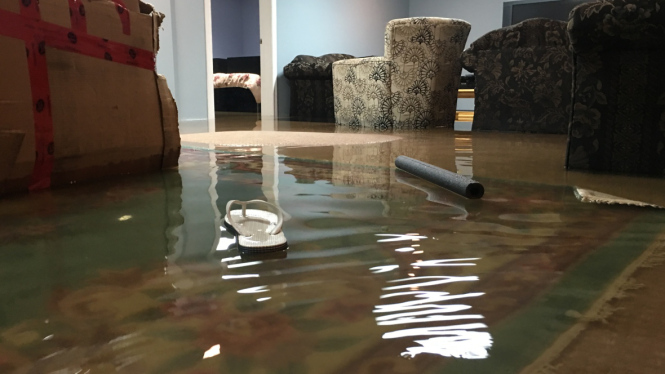Franchising is a powerful catalyst for generational prosperity
ServiceMaster Restore® spotlights Nasutsa Mabwa After working in the commercial real estate sector for many years, Nasutsa Mabwa, owner of ServiceMaster Restoration By Simons, developed strong skills in project management, risk management, troubleshooting, and networking. Show now runs a successful ServiceMaster Restore® franchise in Illinois. Here Nasutsa shares her advice… Read More »Franchising is a powerful catalyst for generational prosperity


